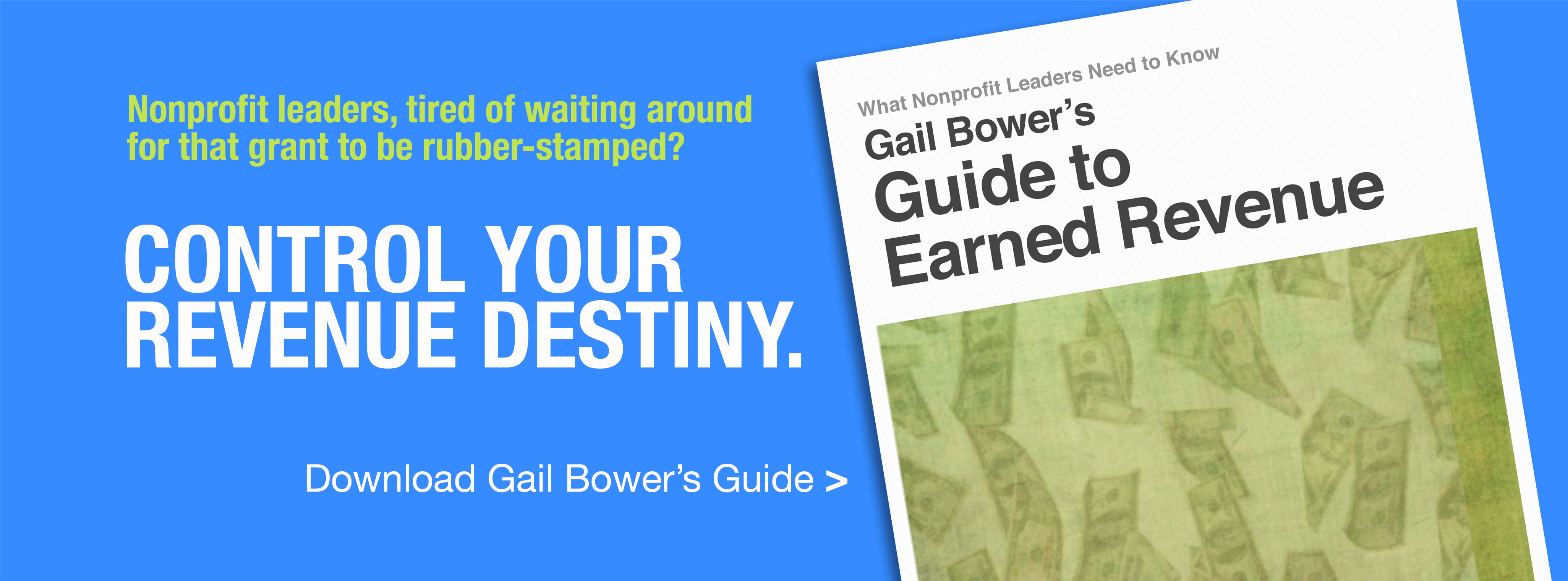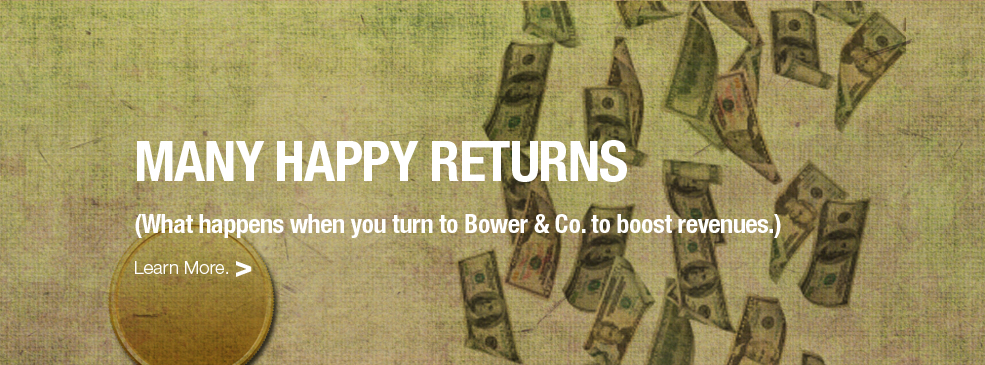Choosing Your Non-Profit Partners: What to Look For and What to Avoid
Originally published in the 2010 PRNews' Corporate Social Responsibility & Green PR Guidebook.
By Gail S. Bower
Partnering with non-profits and causes is certainly not a new strategy, but 2010 seems to have heralded more and bolder alliances. Pepsi traded in Superbowl spending for its crowdsourced philanthropic Refresh Project. In an odd pairing, KFC and the Susan G. Komen Fund are promoting Buckets for a Cure. 7th Generation, Timberland, Ritz-Carlton, and nearly every industry in between is championing a cause, a partnership, or a non-profit mission to win the perceptions, hearts, engagement, and spending of customers.
Is this the right time for your brand to partner with a non-profit or cause?
A protracted recession, a sluggish recovery, and fresh anti-corporate rhetoric from the Obama administration have diminished consumer trust and approval in the corporate sector. The prolonged uncertainty, coupled with the never-ending stream of catastrophe — Gulf of Mexico oil spill, global warming, floods, fires, heat waves, unemployment, the stock market rollercoaster, etc. — has ratcheted up our culture’s anxiety and stress levels and, as you notice in online news reader comments, it often shows up in the form of vitriol against corporations and other large institutions.
In a U.S. consumer study released during the peak of the chaotic days of the recession, about one-third of consumers noted they were paying less attention to sponsorship than the previous year. More startlingly, 69 percent reported having a “lower approval” rating of corporations.
Asked whether the marketing power of corporate sponsorship would help change these perceptions, consumers said that it depended on the sponsorship category. Sponsoring sports would decrease perceptions; opinions would hold steady if businesses sponsored arts and cultural events. However, sponsoring a non-profit organization or a cause, consumers said, would increase confidence levels by 41 percent.
It makes sense. What better way to renew trust and perceptions in your community than by actively participating in its betterment. Non-profits need the revenue; the communities they coalesce may very well be audiences your brand seeks to reach and engage; and the organizations’ missions may be aligned with your business, corporate social responsibility, or marketing goals. Sponsoring an event, program, or initiative of a non-profit organization, by a Fortune 100 or a small or medium-sized business, can have a significant impact on your business goals — if you’re working with the right partner.
Like most companies, you’re probably inundated with solicitations for support. How do you slog through all these requests to find those most aligned with your priorities and strategy? The organization’s mission sounds good, but how do you know it’s the right connection? What are the signs that indicate you’re about to work with an organization that will truly work as your partner? And what signals trouble?
9 Signs of a Good Non-Profit Partner
Creates a partnership just for you.
Too many non-profits are trapped by their use of generic “levels,” such as Gold-Silver-Bronze packages. If you’re presented with this kind of solicitation, you can be sure the non-profit organization, however well intentioned, is not sophisticated in structuring marketing-driven partnerships.
Instead, you want to work with an organization that understands that each business, each brand, each product or service is unique and has a specific strategy to implement, and its team is willing to spend the time to understand your strategy and make a recommendation tailored to your needs and metrics.
Knows something about your business.
While nobody will know your brand and strategy like you and your team, you want a partner who has clearly done its homework. They’ve browsed your web site. They’ve read news about your industry. They have an understanding of who your customer base is and how you may benefit from partnering with their event or mission.
Asks you great questions.
Ideally, your colleagues at the non-profit organization are conversant about what they have to offer, what results their partners can expect, and can think on their feet to brainstorm ideas with you. To do that, they should be asking you great questions about your brand, your business or marketing objectives, about the ROI you seek from sponsorship, how you typically leverage sponsorship or cause ties. They should be engaging you in the process of creating the partnership.
They can’t do this if they have to complete a generic form on your web site that, for all they know, winds up in some black hole. This process is participatory, with your non-profit partner taking the lead.
Gets results.
The organization will have an event, program, campaign, or an initiative that gets results for sponsors when adequately leveraged by those sponsors. Ask questions about the kinds of businesses the organization has worked with and what kinds of results these other businesses achieved.
Has earned a positive reputation.
You want to work with an organization with an unblemished reputation that is doing positive, meaningful work in its community, is getting results and having an impact. Its event, program, or initiative should be relevant and well received, as evidenced by participation, positive publicity, and success.
Helps you stand out.
Your brand benefits by standing out to the non-profit’s audiences. Being one of a zillion logos on the back of a t-shirt or the bottom of an event flyer will do nothing to support your goals. Be sure that your partner helps you foster the attention from their audiences that you need.
Has a marketing strategy and operation.
The non-profit will leverage various assets, particularly marketing assets — both its own and yours — to meet your objectives. Therefore, it must have a marketing operation and strategy to build awareness, galvanize support for its mission, and attract constituents. Without this functionality, the organization is not on a growth track and likely has very little to offer you.
Has an organizational strategy.
The organization must have a current strategy, based on a sound business model. Pursuing partnerships with the business sector should be a proactive part of that strategy — not a bailout plan.
Focused on the partnership.
You want to work with a partner, not someone solely focused on getting your dollars. Therefore, seek to build a solid, trusting relationship, not a transaction. You want to grow a meaningful program over time with people who have your best interests at heart.
Sponsorship is a medium that works best over the long term. Like with any other marketing medium, you don’t sponsor once and expect all the marketing challenges of your business to be solved. To get the best results from partnering with or sponsoring any organization, build equity in the partnership. This will enable trust with the organization and its audiences, which allows changed perceptions to blossom, actions to be taken, and sales to occur.
Not a passive medium, partnering also requires participation on your end:
Engage in the opportunity you’re creating.
Besides incorporating your business or marketing and sales objectives, weave in initiatives from other departments, such as HR. Ask your partner to create an opportunity for volunteers or a meaningful community service project. Or perhaps this is an alliance that would further your company’s diversity initiatives. In another example, many non-profit organizations have excellent relationships with key stakeholders in their communities. How might you engage government relations?
What’s the experience?
The hallmark characteristic of corporate sponsorship is that it offers an experiential opportunity for new (and existing) audiences to interact, face-to-face, with your brand, product, or service. When you work with a non-profit, you’re going heart-to-heart. Embrace this distinction, and don’t miss the opportunities. How will you leverage your resources to take full advantage of the medium?
Measurement.
Shareholders, your CEO, perhaps even your boss or client demands a return on investment on marketing expenditures. How will you measure success? And are you sure your metrics are reasonable?
Be a good partner.
Do your part to contribute 100 percent to the partnership. Determine together how you’ll work together, what your preferences are, what you need, what internal requirements you face. And most importantly, be transparent about your interactions with this non-profit organization. Don’t just ride the coattails of their goodwill and benevolence in the community. Become active in it.
With causes and organizations as diverse and niche-oriented as our culture, finding the right cause will not be an issue. Finding the right partner, however, requires being clear about your needs and working style and taking the time to get to know non-profit leaders in person. You may know it when you see it, but this list will provide extra clarity.
 For Sponsors | in
For Sponsors | in  Corporate Sponsorship |
Corporate Sponsorship | 






